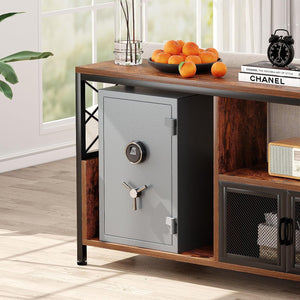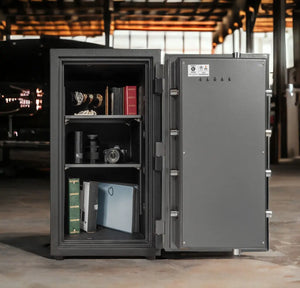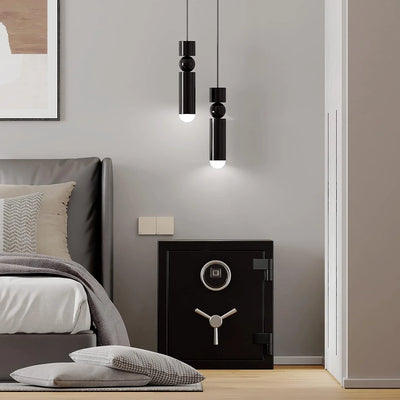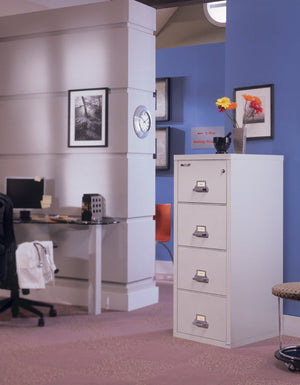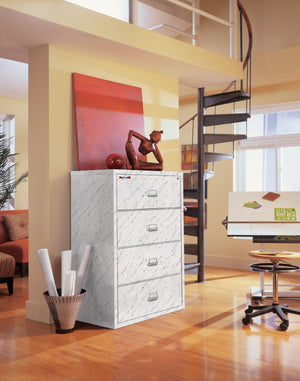
Understanding Burglary Ratings for Safes: A Guide to Choosing the Right Protection
Introduction
For centuries, safes have been the cornerstone of protection for valuables. In our modern era, both businesses and private residences rely heavily on safes to safeguard everything from sensitive documents to precious heirlooms. With an array of safes on the market, discerning the level of protection they offer can be daunting. This guide aims to simplify burglary ratings for safes, helping you make an informed decision based on your specific needs.
The Essence of Burglary Ratings
Burglary ratings for safes are divided into two main categories: construction ratings and performance test ratings. While construction ratings focus on the materials and build of the safe, performance test ratings, notably those by Underwriters Laboratories (UL), assess a safe's resistance to burglary attempts through rigorous testing.
Construction Ratings: From Basic to Enhanced Security
-
Unrated Safes: Offer minimal burglary resistance, ideal for deterring opportunistic thefts. They're lightweight and affordably priced, suitable for low-risk scenarios like keeping items away from household staff or roommates.
-
B-Rated Safes (Good Protection): Constructed with thicker steel, these safes provide a higher level of security. Features include relocking devices, drill-resistant plates, and commercial-grade locks, making them a robust option for more valuable possessions.
-
C-Rated Safes (Better Protection): With even thicker steel construction, C-rated safes offer enhanced protection against determined burglary attempts, making them suitable for businesses or individuals requiring a higher security level.
UL Burglary Ratings: Benchmarking High-Security Safes
-
RSC (Residential Security Container): Tested for their ability to resist burglary attempts, RSC-rated safes are an excellent choice for residential applications, providing peace of mind against theft.
-
TL-15 and TL-30 Ratings: Indicate safes capable of withstanding professional burglary attempts with tools for 15 or 30 minutes, respectively. These safes are designed for high-security needs, such as in retail or financial settings.
-
TL-30X6: Represents the pinnacle of burglary protection, with all six sides of the safe tested against sophisticated break-in methods for 30 minutes. Ideal for mission-critical business applications requiring the utmost security.
Choosing the Right Safe for Your Needs
Selecting a safe isn't about finding the "best" rating but rather the most appropriate level of security for your specific situation. For residential use, B and RSC-rated safes usually offer the ideal balance of protection and affordability. Businesses, depending on their risk level and value of assets, might opt for B, C, RSC, or TL-rated safes.
Considerations for Higher Rated Safes
While higher-rated safes offer increased security, they also come with considerations such as weight and cost. Safes with top-tier burglary ratings can be significantly heavier and more expensive, potentially complicating installation and straining budgets.
Conclusion
Understanding burglary ratings is essential in choosing a safe that aligns with your security needs and budget. Whether you're aiming to protect against casual theft or require high-security solutions for valuable assets, there's a safe with a suitable burglary rating for your circumstances. Remember, the goal is not to simply choose the safe with the highest rating but to find one that offers the right level of protection for its intended purpose.


